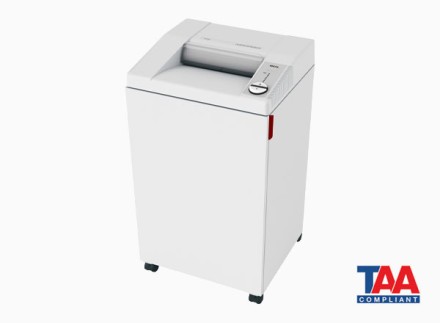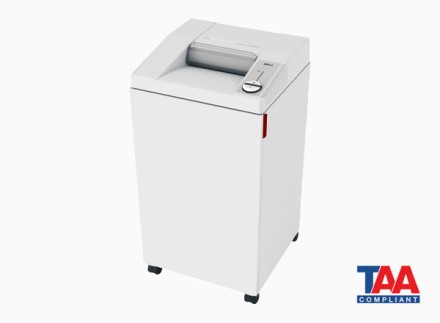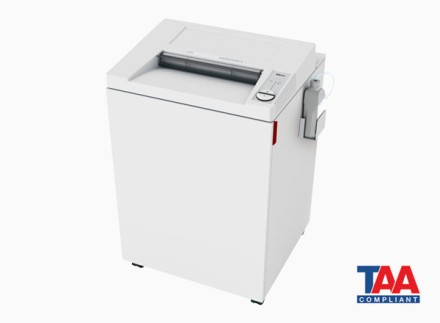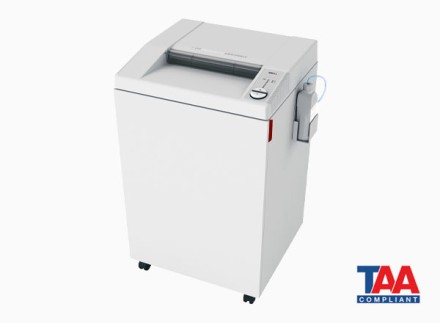
Did you know candles can be harmful to you? According to Consumer Reports, when you burn a candle, it releases small particles into the air, including soot and volatile organic compounds (VOCs). These particles can irritate your respiratory system and cause respiratory problems such as asthma, allergies, and bronchitis.

What’s the big deal?
Particulate matter is made up of tiny particles that can be inhaled and can cause respiratory problems. VOCs are chemicals that can be released into the air and can cause irritation, headaches, and dizziness. PAHs are chemicals that can be released into the air when certain materials are burned, such as candles, and can cause cancer. Nitrous oxide is a gas that can cause headaches and nausea.
While the levels of pollutants released by candles may not be high enough to cause immediate health problems, prolonged exposure can have long-term effects. For example, exposure to particulate matter has been linked to lung cancer, heart disease, and other respiratory problems. VOCs have been linked to headaches, nausea, and irritation of the eyes, nose, and throat. PAHs have been linked to cancer, and nitrous oxide has been linked to headaches and nausea.
What can you do to minimize the health risks associated with burning candles?
Use candles made from natural materials. When shopping for candles, look for ones made from natural materials like beeswax, soy wax, or coconut wax. These types of candles burn cleaner and produce fewer pollutants than candles made from synthetic materials like paraffin wax.
Burn candles in well-ventilated areas. To minimize the amount of pollutants released into the air, burn candles in well-ventilated areas. Open windows and doors, use a fan, or burn candles outside.
Trim the wick. Before lighting a candle, trim the wick to about 1/4 inch. This will help the candle burn more cleanly and reduce the amount of soot and other pollutants released into the air.
Clear the air. Air purifiers work by using a combination of filters and sometimes advanced technologies to reliably reduce airborne debris from indoor air. The process typically starts with a pre-filter that captures larger particles. Then, the air passes through a HEPA (High-Efficiency Particulate Air) filter, which is highly effective at trapping smaller particles, including fine dust, pet hair, and pet dander. And air purifiers with an active carbon layer reduce odors, including cigarette smoke.




